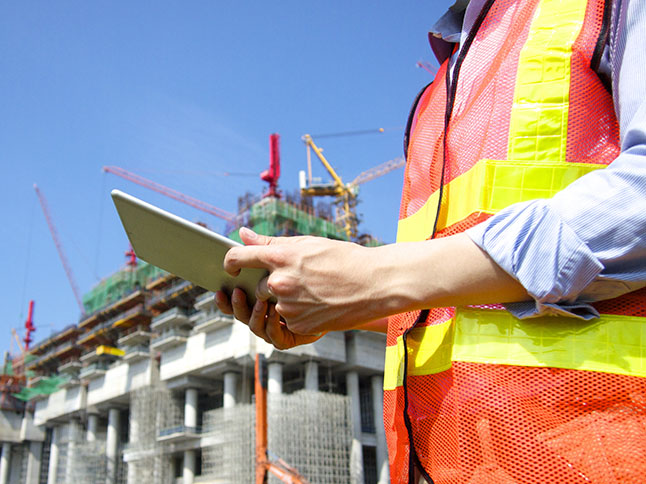Remote video guideline to complement on-site inspections

As part of the VBA’s response to Stage 4 restrictions, we have worked with a number of industry organisations to draft a guideline on the use of remote video technology to complement on-site inspections.
The move assists building practitioners with the delivery of some of their technical services while reducing site presence in line with government health and safety requirements.
The guideline covers the conduct and use of remote video inspections (RVIs) and outlines principles and considerations for establishing an RVI procedure within existing business practices.
The guideline also acknowledges the industry’s increasing reliance on available and emerging technologies for project and service delivery standards.
Maintaining standards
The introduction of RVIs does not mean practitioners with statutory responsibilities can reduce their oversight of building work.
The guideline only applies to non-mandatory inspections and services, meaning mandatory inspections must still be conducted ‘in person’, in accordance with Part 12 of the Building Regulations 2018.
“Remote video inspections are no less rigorous than in-person inspections,” said Andrew Cialini, Victoria’s State Building Surveyor.
“They are intended to complement or enhance traditional in-person inspections, not replace them or allow for less scrutiny.”
Building surveyors and other practitioners providing technical services to the building and construction industry still require certificates, endorsements, approvals and other verification when using RVIs to complement their on-site work.
In addition, workplace health and safety laws apply to the conduct of personnel both on site and at the location of the person carrying out an RVI. It is extremely important that safety is considered when contemplating the use of RVIs on construction sites.
All parties to an RVI must also consider the legislation that applies to the conduct of building and plumbing inspections in Victoria.
Practitioners can download the RVI Guideline and a corresponding Checklist supporting the conduct of an RVI from the VBA website.
It is hoped that feedback on the use of the guideline and experiences on site will inform further developments of the guideline.
